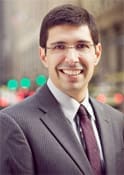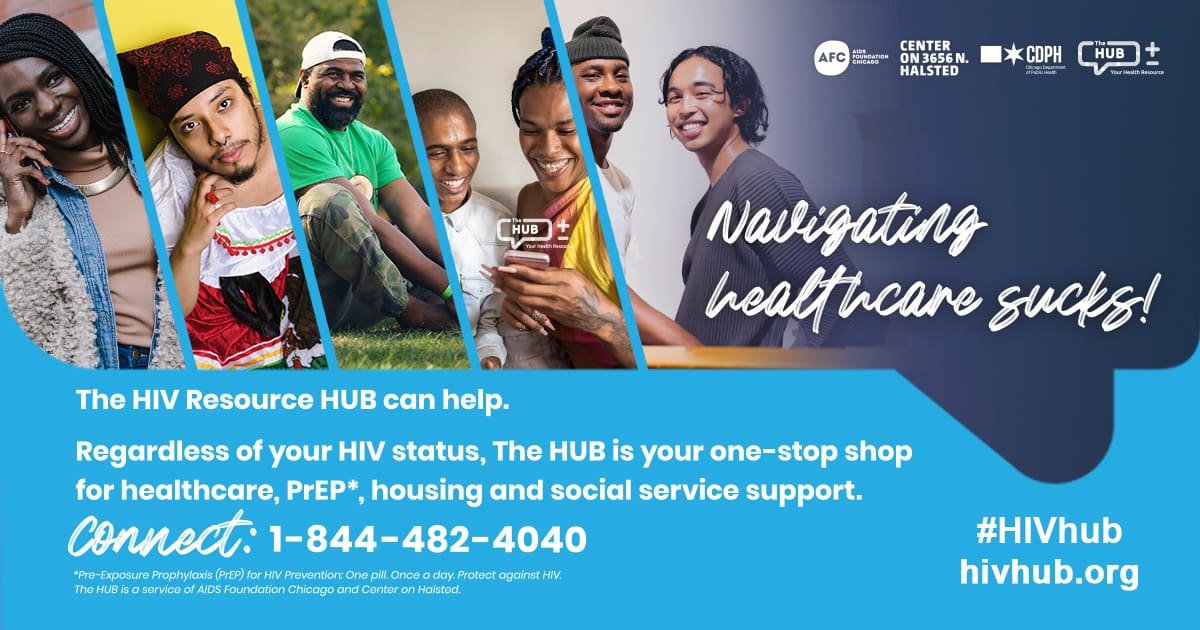 On June 5, 1981, the U.S. Centers for Disease Control and Prevention (CDC) published the first official mention of the appearance of a mysterious illness among a cluster of gay men.
On June 5, 1981, the U.S. Centers for Disease Control and Prevention (CDC) published the first official mention of the appearance of a mysterious illness among a cluster of gay men.
The obscure citation in the equally arcane Morbidity and Mortality Weekly Report is often referred to as the “beginning of AIDS.”
Since then, AIDS has claimed the lives of more than 25 million people worldwide, including 600,000 Americans. In the early days, no one could have imagined that a disease that begins with three letters and ends with four — HIV/AIDS — would become one of the most destructive in recorded history.
Three decades later, the U.S. is on the cusp of groundbreaking advances. Thanks to grassroots mobilization, medical breakthroughs, and national health care reform, activists can envision ways to reverse the epidemic.
In 2010, President Obama released the first-ever National HIV/AIDS Strategy— derived from substantial input from AFC and thousands of others across the country—to chart a course of action against HIV/AIDS. The Strategy underscores what activists have been saying for years: thirty years of scientific inquiry and practical application reveal the essential tools and know-how needed to combat HIV/AIDS. The question remains whether our society will do what is necessary to stop this communicable disease.
In the U.S., more than 56,000 individuals become infected with HIV each year, and more than 1.2 million are living with HIV/AIDS. And while medical advances have substantially increased survival, some 17,000 HIV-positive people perish annually.
These sobering statistics orient our moral compass. In short, we can and indeed must change the story about HIV/AIDS in our city and nation.
Change it from one of inevitability to one of end-ability. Where today’s infection rate—another person infected with HIV every 9 ½ minutes—becomes a thing of the past. The type of change envisioned in the National HIV/AIDS Strategy:
“The United States will become a place where new HIV infections are rare and when they do occur, every person, regardless of age, gender, race/ethnicity, sexual orientation, gender identity or socio-economic circumstance, will have unfettered access to high quality, life-extending care, free from stigma and discrimination.”
Changing the story means working together to end HIV/AIDS in every neighborhood, every town, every state. It means joining a movement with others who are lending their time, voices and support to turn the tide of the epidemic, which is now described by the CDC as a “winnable battle.”
Earlier this year, for example, groundbreaking research found that antiretroviral therapy not only stabilizes HIV-positive people medically, but also dramatically curbs new infections. This evidence heightens the urgency to expand health care, testing access and wrap-around services, such as housing and case management. Scaling access to medical care in an ethical and responsible way without losing focus on human rights and other pivotal strategies will be the foundation for a successful and comprehensive anti-HIV approach moving forward.
Renowned Chicago architect Daniel H. Burnham once said: “Make no little plans; they have no magic to stir men’s blood and probably themselves will not be realized. Make big plans; aim high in hope and work.”
We should make no small plans in our mission to end AIDS. Sustained focus and resources will move us one step closer to making the fourth decade of AIDS the last.

